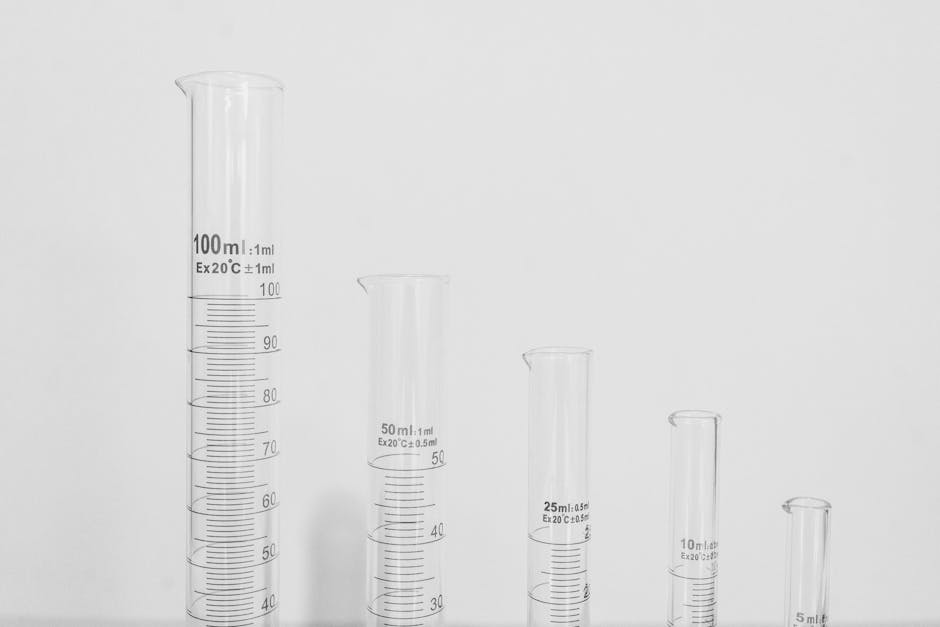En la fabricación de productos farmacéuticos, uno de los pasos clave del proceso de producción es la molienda fina de los ingredientes. La eficacia de este proceso depende en gran medida de la calidad y la idoneidad de las perlas de molienda utilizadas. En este blog, analizaremos ocho consejos esenciales que le ayudarán a seleccionar las mejores perlas de molienda para sus aplicaciones farmacéuticas, garantizando así eficiencia, calidad y rentabilidad en su producción.

1. Comprender las propiedades de los materiales
Comprender las propiedades de los materiales de las perlas de molienda es fundamental en la fabricación farmacéutica. Los distintos materiales ofrecen distintos niveles de dureza, densidad y resistencia a la abrasión, lo que puede afectar en gran medida el resultado de su proceso de molienda. Por ejemplo, las perlas de óxido de circonio son conocidas por su durabilidad y son especialmente adecuadas para tareas de molienda y molienda que requieren un alto grado de finura y suavidad. Asegurarse de que las propiedades de los materiales coincidan con los requisitos de su aplicación farmacéutica es esencial para lograr resultados óptimos.
El impacto de las propiedades del material de las perlas de molienda va más allá de los resultados inmediatos del proceso de molienda. También afecta la longevidad y la eficiencia de su equipo de molienda. El uso de perlas hechas de materiales que son demasiado abrasivos puede causar un desgaste excesivo, lo que lleva a reemplazos frecuentes y tiempo de inactividad. Por el contrario, la selección de perlas que coincidan con las especificaciones de su equipo puede mejorar el rendimiento y extender su vida útil, lo que lo convierte en un factor crítico para una producción farmacéutica rentable.
2. Considere el tamaño y la uniformidad de las cuentas
El tamaño y la uniformidad de las perlas de molienda desempeñan un papel fundamental en la eficiencia del proceso de molienda. La elección de perlas de tamaño uniforme garantiza una reducción de partículas constante, lo que es crucial para la industria farmacéutica, donde la distribución del tamaño de las partículas puede afectar directamente la eficacia y la seguridad del producto final. Pequeñas variaciones en el tamaño de las perlas pueden provocar una molienda desigual, lo que afecta a la calidad del producto final. Por lo tanto, la precisión en la selección de perlas se convierte en una piedra angular para mantener altos estándares en la producción farmacéutica.
3. Elige el material de cuentas adecuado
Elegir el material adecuado para sus perlas de molienda implica algo más que hacer coincidir las propiedades físicas y químicas con sus necesidades; se trata de comprender cómo interactúan los diferentes materiales con sus compuestos farmacéuticos. Los materiales como el acero inoxidable, si bien son duraderos, pueden no ser adecuados para todas las aplicaciones debido a las posibles reacciones químicas con ciertos compuestos. Las perlas de cerámica, por otro lado, ofrecen inercia y resistencia a la corrosión, lo que las convierte en una opción más segura para una gama más amplia de productos farmacéuticos.
4. Evalúe la durabilidad y el desgaste de las cuentas
La durabilidad y la resistencia al desgaste son factores clave a tener en cuenta al elegir perlas de molienda para aplicaciones farmacéuticas. Las perlas que se desgastan rápidamente no solo deben reemplazarse con mayor frecuencia, sino que también pueden contaminar el producto con restos de material, lo que compromete su pureza. Es esencial seleccionar perlas que puedan soportar el proceso de molienda sin romperse, lo que garantiza que el producto permanezca libre de contaminación y que la operación se desarrolle sin problemas.
5. Evaluar la compatibilidad química
La compatibilidad química de las perlas de molienda con los ingredientes farmacéuticos es fundamental. Los materiales incompatibles pueden provocar reacciones químicas que alteren las propiedades de los ingredientes farmacéuticos activos (API), lo que podría volverlos ineficaces o incluso dañinos. Investigar y seleccionar materiales químicamente inertes que no reaccionen con sus API es un paso vital para garantizar la seguridad y la eficacia de sus productos farmacéuticos.
6. Considere las necesidades específicas de su aplicación
Cada aplicación farmacéutica tiene requisitos únicos que deben tenerse en cuenta al seleccionar las perlas de molienda. Además de las consideraciones generales de tamaño, material y compatibilidad química, factores como el acabado superficial deseado, la capacidad de dispersión e incluso la resistencia mecánica de las perlas pueden ser cruciales para su aplicación específica. Comprender estas necesidades es esencial para personalizar el proceso de selección de perlas, asegurando la operación de molienda más eficaz y eficiente.
7. Busque niveles altos de pureza
En la industria farmacéutica, la pureza de las perlas de molienda no es negociable. Cualquier impureza puede comprometer la calidad del producto final, afectando su seguridad y eficacia. Es fundamental obtener perlas que estén certificadas por sus altos niveles de pureza, libres de contaminantes que puedan filtrarse en el producto durante el proceso de molienda. Esta consideración es particularmente importante para aplicaciones que involucran ingredientes farmacéuticos activos muy sensibles o potentes.
8. Piense en la relación coste-beneficio
Si bien el costo nunca debe comprometer la calidad, especialmente en aplicaciones farmacéuticas, considerar la relación costo-beneficio es práctico para cualquier negocio. Analizar la relación costo-beneficio de las distintas opciones de microesferas de molienda puede ayudarlo a encontrar un equilibrio entre calidad y costo. Recuerde, invertir en microesferas de mayor calidad puede generar menores costos generales a largo plazo debido a menores necesidades de reemplazo y menor contaminación del producto. Una evaluación cuidadosa de sus opciones garantizará que no sacrifique la calidad por el costo y que mantenga los estándares esenciales para los productos farmacéuticos.